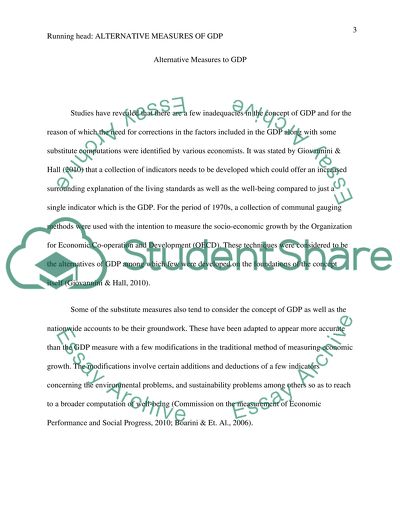Cite this document
(“Alternative Measures of GDP Research Paper Example | Topics and Well Written Essays - 2000 words”, n.d.)
Alternative Measures of GDP Research Paper Example | Topics and Well Written Essays - 2000 words. Retrieved from https://studentshare.org/macro-microeconomics/1437496-alternative-measures-of-gdp
Alternative Measures of GDP Research Paper Example | Topics and Well Written Essays - 2000 words. Retrieved from https://studentshare.org/macro-microeconomics/1437496-alternative-measures-of-gdp
(Alternative Measures of GDP Research Paper Example | Topics and Well Written Essays - 2000 Words)
Alternative Measures of GDP Research Paper Example | Topics and Well Written Essays - 2000 Words. https://studentshare.org/macro-microeconomics/1437496-alternative-measures-of-gdp.
Alternative Measures of GDP Research Paper Example | Topics and Well Written Essays - 2000 Words. https://studentshare.org/macro-microeconomics/1437496-alternative-measures-of-gdp.
“Alternative Measures of GDP Research Paper Example | Topics and Well Written Essays - 2000 Words”, n.d. https://studentshare.org/macro-microeconomics/1437496-alternative-measures-of-gdp.


